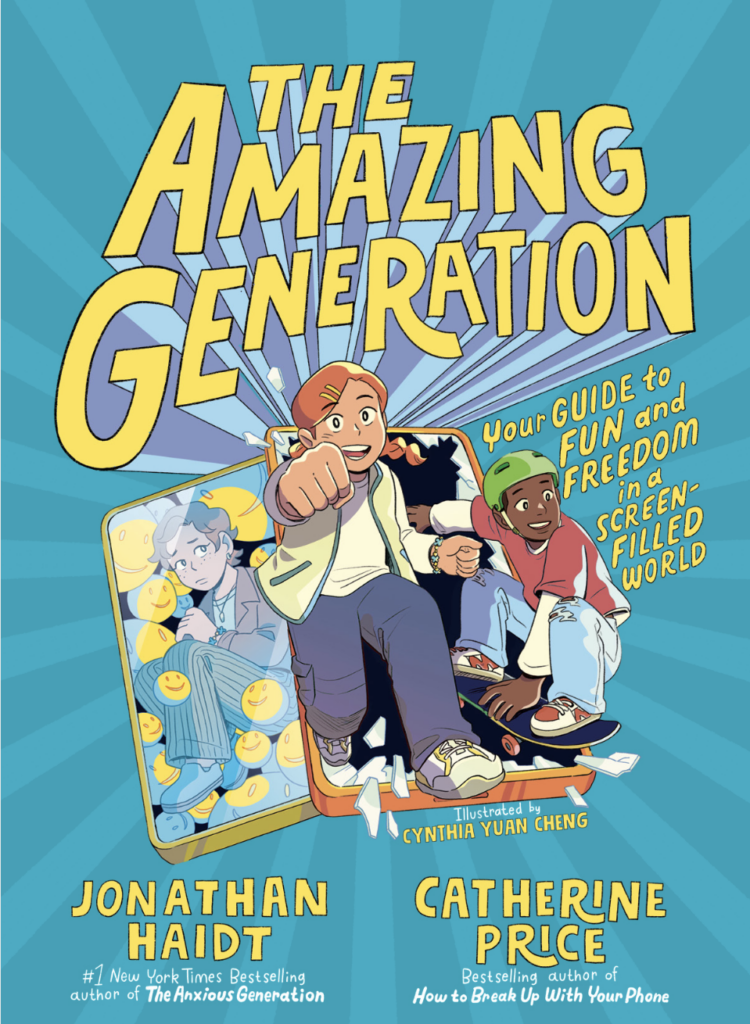






Instead of Teaching Kids Soccer, Just Let Them Play
Youth soccer is one of the biggest activities in America, and yet in recent years, participation numbers have been dropping. The New York Times notes the number of kids age 6-12 playing soccer has declined by 14%. Kids who give it up say it’s just not fun anymore. Coaches Carlo Celli and Nathan Richardson, authors of the book Shoeless Soccer: Fixing the System and Winning the World Cup, tried a new approach. Instead of teaching kids soccer, they just let them play. Here, they share their experiences.
A Winter Without Coaching
This past winter, we decided to bring our kids indoors for some team soccer training. The plan was to mix free play with drills. Six members of my team of very proficient 9-year old budding soccer stars showed up on time. But there were also two younger sisters and a novice friend. All plans for higher level training went out the window. We´d have to just let them play. So much for my boys raising their game, I thought.
Of course, I write this because, as anyone who has let kids go Free-Range for just about any amount of time knows, I was wrong.
What happened that day and what followed over the course of our long winter changed my view of teaching kids soccer. As the kids played over the months that followed, the game and the kids taught themselves. Sessions were scheduled for an hour, but the kids didn’t want to leave. After a few sessions, we no longer needed to set up goals or even pick teams. The kids arrived, organized themselves, and started to play and create their own games. A couple of parents stood to the side, in case we were needed, which rarely occurred. I realized I should never spend another minute lecturing the kids about strategies or running drills. As coach, I should let the kids play.
Teaching kids soccer skills isn’t really necessary.
But what about the quality of the soccer? As Free-Range advocates understand, that also took care of itself. As the kids were left alone, the quality of play actually increased. The kids began flicking creative passes to their teammates with the tips of their bare toes, looking for nutmegs, turning scissors and Maradona moves, even trying no-look passes on their own, out of the simple joy of the game.
After a month, we decided to document what we were seeing and turn the experiment into an approach. Both of us had lived abroad in soccer-mad countries and had multiple coaching licenses. I had been our local club’s president and director of coaching for both travel and recreational programs. After years in a complicated and often frustrating system, in that small gym last winter, the scales began to fall from our eyes. We decided to tell the tale and, frankly, to tell the truth, which we realized the free range movement already understood. That not only is more less, but less is often more.
US Youth Soccer is without doubt the most expensive and time-consuming youth soccer system in the world. We have more coaches, practices, far-flung tournaments, camps, clinics, and special training sessions, fancier uniforms, and better-shod kids than anyone else. Yet, nearly a half-century after the soccer boom in this country, our quality doesn’t come close to approaching the world’s best.
Shoeless soccer makes it fun again.
In the spirit of sharing our insights, we wrote Shoeless Soccer: Fixing the System and Winning the World Cup. It’s a book with an approach for how to take soccer back to the basics. We did not just get happier kids and more relaxed parents, but superior quality on the soccer field. Ironically, the key to getting to the World Cup and your child’s happiness are essentially the same.
Of course, we’d love for people to read our book, but above all we want to spread the word that even in youth sports—even in this country that demands so much infrastructure to make almost anything happen—a kind of Free-Range approach is not only possible but may be the most effective way to achieve the results in soccer that have long eluded us. We call our approach “Shoeless Soccer.” Based on our experience, it not only can change the game but also change lives.
Carlo Celli is a professor at Bowling Green State University. He has a lifetime of experience playing soccer across the world, and he has devoted a good part of the last 20 years of his life to coaching and parenting young athletes.
Nathan Richardson is also a professor at Bowling Green, as well as a parent and occasional athlete. He was president of his local soccer club for two three-year tenures, and on the board for a decade. He ran the program’s “Parks and Rec” soccer league for six years, coached travel soccer for another seven, and served as Director of Coaching for the program’s travel teams.




Comments are closed for this article.